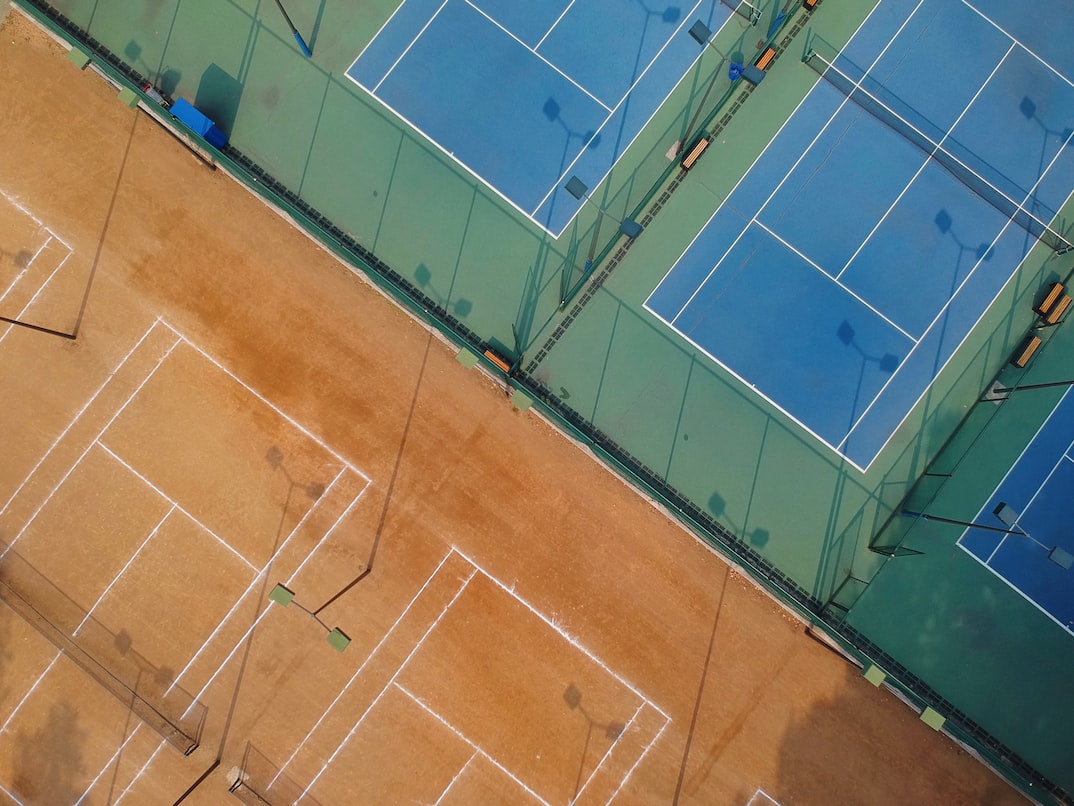Understanding the Padel Rules for Receiving Serve
2 min read
Understanding the Padel Rules for Receiving Serve
As an avid padel player, it’s important to understand the rules of the game. One aspect of the game that can make or break a point is the reception of serve. In this article, we’ll explore the padel rules for receiving serve and how you can use them to gain an advantage over your opponents.
The Serve
The serve is the only shot in padel that is completely under the control of the server. The server must begin behind the baseline and must hit the ball into the opposite service box diagonally. The ball must bounce once in the opponent’s service box before it can be returned.
The Receiving Team’s Responsibilities
The receiving team has a few responsibilities when it comes to receiving serve. First, the receiving team must position themselves in the correct formation. The server’s partner must stand on the opposite side of the court while the receiver’s partner can stand anywhere on the court.
The receiver must also stand behind the service line until after the ball has been struck by the server. If the receiver steps over the service line too soon, it will result in a fault.
Faults on the Receiving Team
There are a few ways the receiving team can fault when receiving serve. If the receiver fails to return the ball before it bounces twice on the court, it results in a point for the serving team. If the receiver hits the ball out of bounds, it’s also a fault.
Another way to fault on the receiving team is to hit the ball into the net. However, if the ball hits the net on the serve and lands in the correct service box, it’s considered a let and the serve will be retaken.
Gaining an Advantage
One way to gain an advantage when receiving serve is to anticipate where the server is going to hit the ball. By watching the server’s body language and position, you can often predict which side of the court they will hit to. This can give you a chance to position your body and paddle in the right spot to return the ball more effectively.
Another way to gain an advantage is to communicate with your partner on the court. By letting each other know where you plan to position yourselves, you can work together to cover more of the court and increase your chances of returning the serve successfully.
Conclusion
Understanding the padel rules for receiving serve is essential for any padel player who wants to excel on the court. By positioning yourself correctly, avoiding faults, and communicating with your partner, you can set yourself up for success when receiving serve. So the next time you step onto the padel court, keep these rules in mind and use them to gain an advantage over your opponents.






